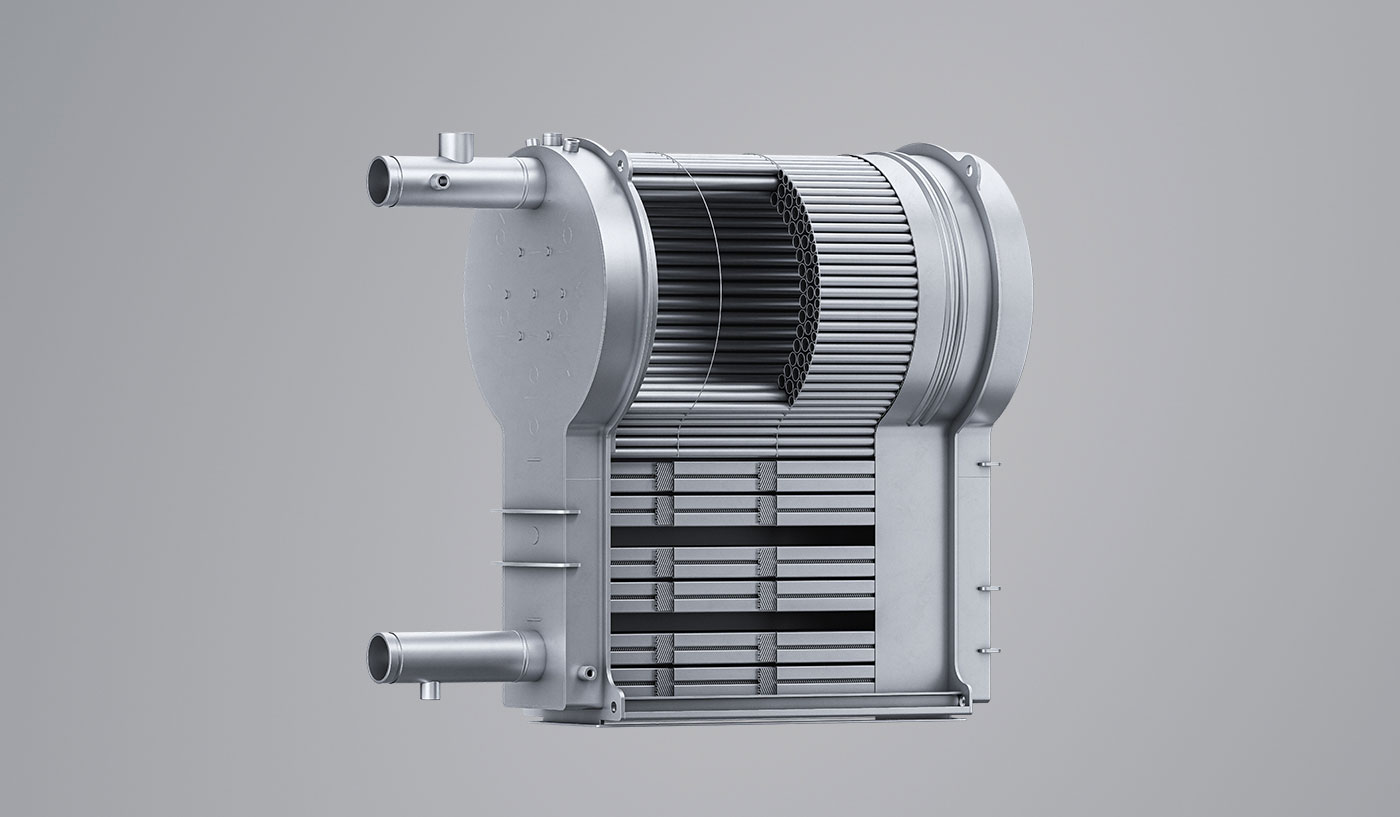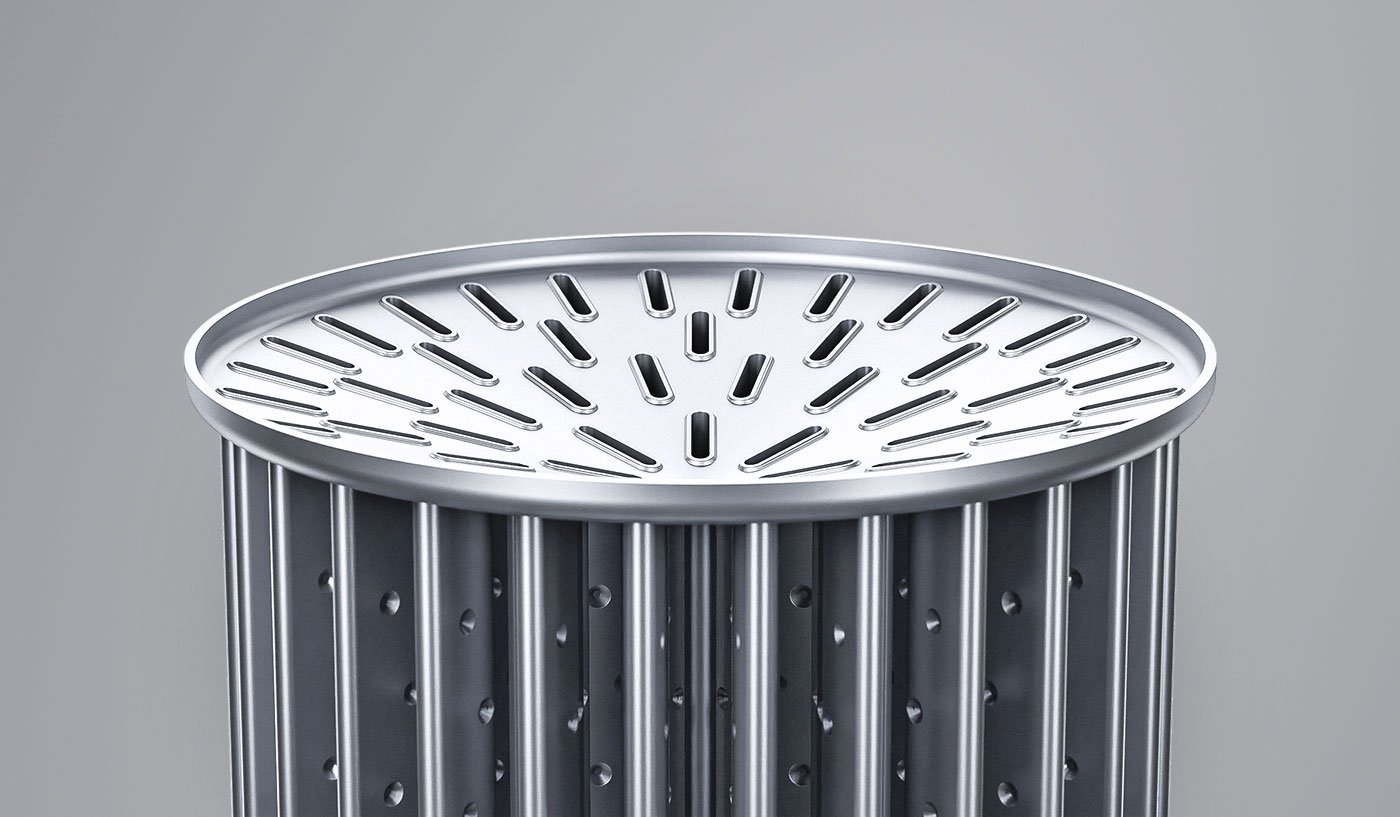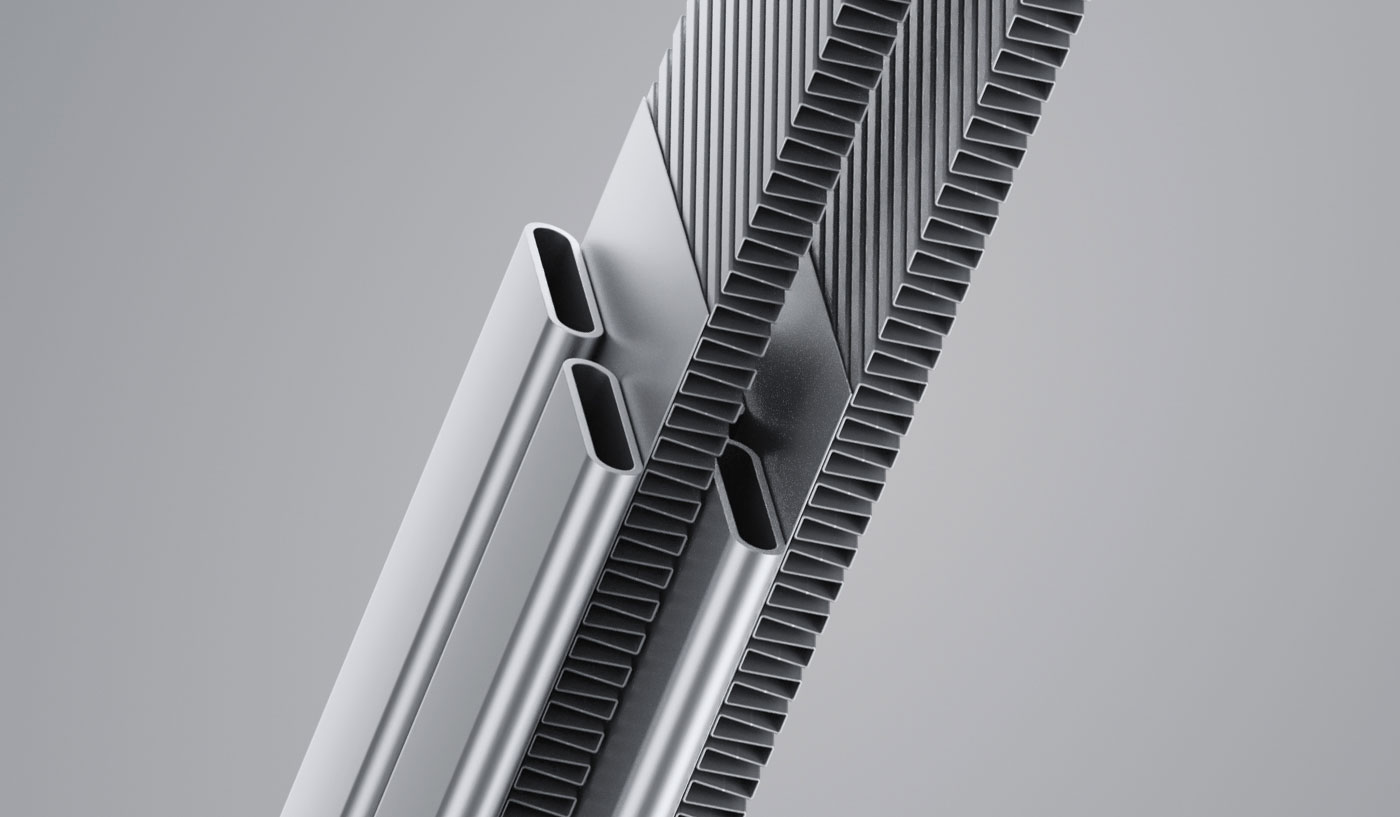Technology
AIC’s technology is the key to creating innovative products, optimizing manufacturing processes, and developing comprehensive testing methods.
Technology is an integral part of ensuring successful product improvements and the development of new types of AIC solutions. In order to handle the challenges that come with new projects, we take steps forward in developing innovative technology that can support various processes of product design and manufacture.
Overview
AIC’s products are mostly made of stainless steel due to corrosion resistance, durability, and versatility of the material. We have extensive experience in fabricating a wide range of steel components, including ferritic, austenitic, super austenitic, duplex, as well as titanium and cooper.
AIC specializes in welding and brazing stainless steel. Depending on the design, we choose the most suitable method of joining particular elements:
Gas Tungsten Arc Welding (GTAW)
A type of arc welding that uses a non-consumable tungsten electrode. A shielding gas is used to protect the weld pool from atmospheric contamination. This method is applied in joining thin elements, as it produces clean, precise welds with minimal deformation.
Gas Metal Arc Welding (GMAW)
A method that uses a consumable wire electrode to produce the weld. It is suitable for welding thicker metal parts due to the advantageous aspects of the filler material once the connected edges are beveled.
Laser Beam Welding (LBW)
A high-precision process using a focused beam of laser energy to melt and fuse metal. Laser beams can be focused to a small spot size, which allows for placing the welds precisely and with a minimal heat-affected zone. This advantage allows for the use of LBW in automated production lines for high-speed welding. At AIC, we use mirrors to reflect the laser beam, which makes this method even faster. Our factory is equipped with eight mirror laser cells with vision systems.
Vacuum Brazing
A manufacturing process of joining components by heating a solder alloy that melts between the base materials that are being connected. During the vacuum brazing process, the amount of heat introduced to the material is reduced, which causes a minimal distortion of the material. Thanks to that advantage, hundreds of small, precise connections can be made in the furnace at once. Our factory is equipped with three front-loading, horizontal vacuum furnaces for high-temperature processes like hardening, high-temperature brazing, annealing, and sintering.
Diffusion Bonding
An advanced process of joining stainless steel elements. This method is based on the principle of solid-state diffusion, in which the atoms of two solid, metallic surfaces intersperse themselves over time. At AIC, we apply this technology to produce heat exchangers that stand out with the ability to operate at extremely high pressures while maintaining a compact design.
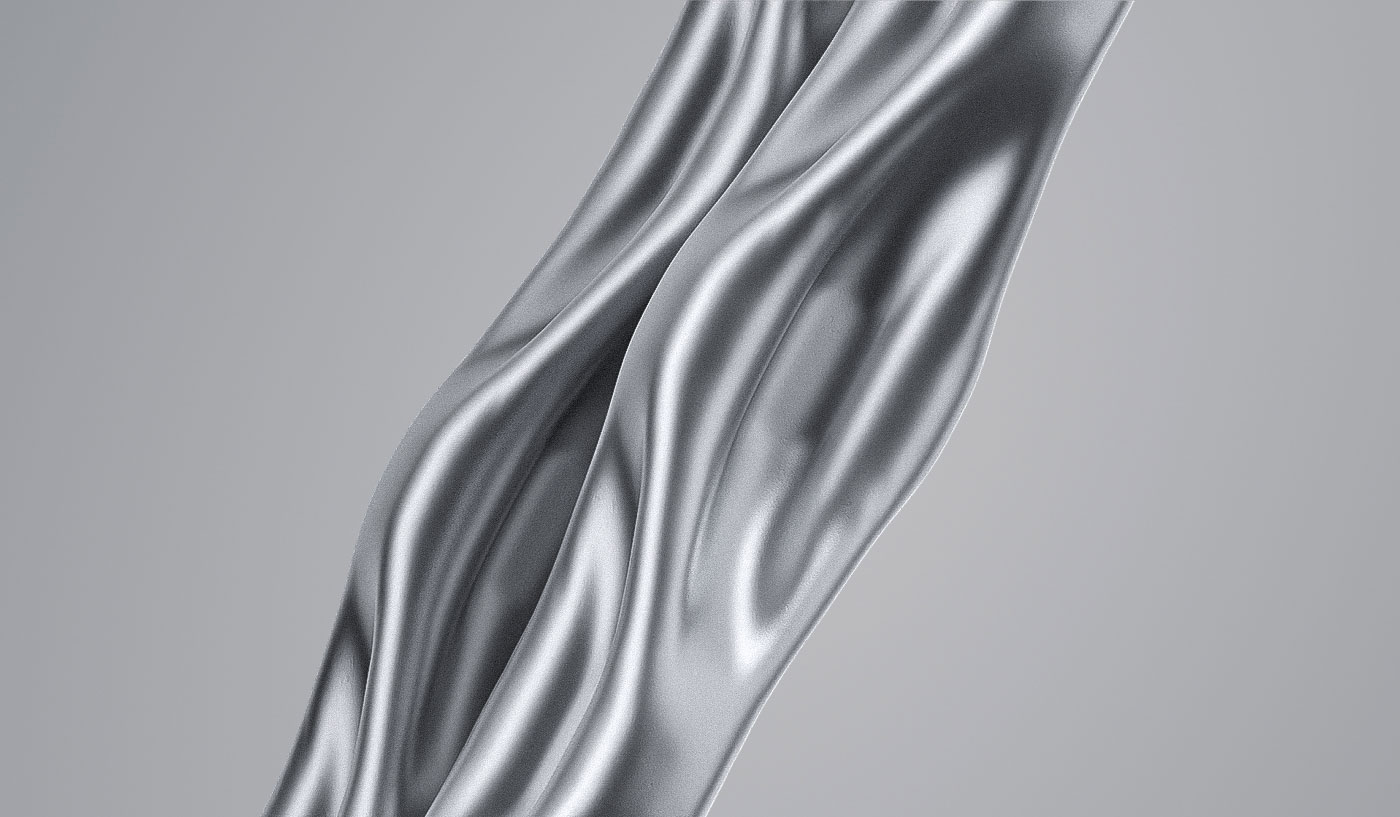
Stainless Steel
Supreme material for demanding high-efficiency
applications and difficult working conditions
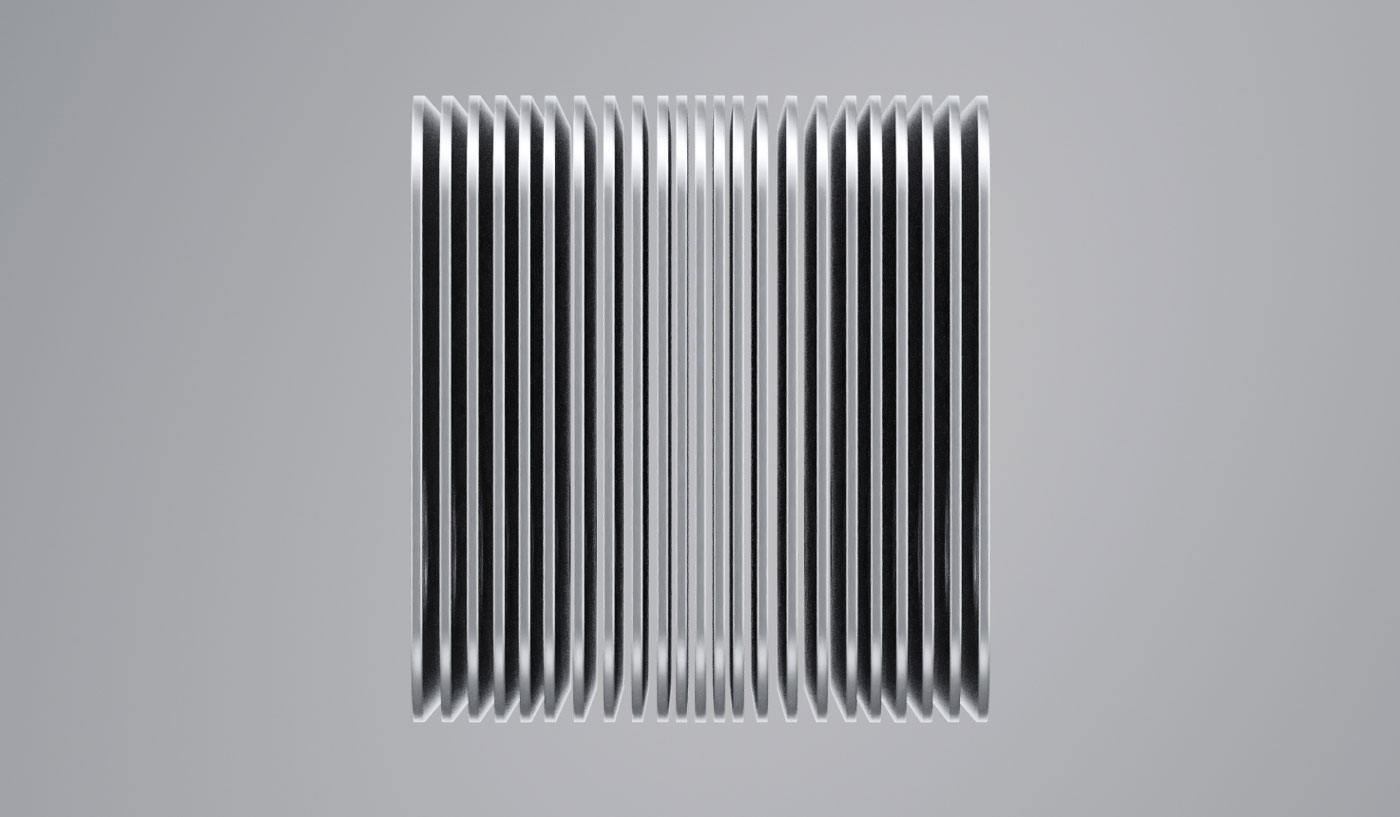
Diffusion Bonding
Solid-state joining of metals for exceptional
resistance in heavy-duty applications
AIC Production Technology
Our production is supported by advanced manufacturing equipment and software, ensuring quality control, testing, optimization, and efficiency throughout the whole process.
Our production is supported by advanced manufacturing equipment and software, ensuring quality control, testing, optimization, and efficiency throughout the whole process.
The production of heat exchanger tubes is carried out entirely in-house. Fabrication starts with a stainless steel tape being formed into a tube, then longitudinally laser-welded, dimpled, and cut. The entire process is performed on dedicated automated lines.
AIC has its own prototype workshop, where new models of heat exchangers can be built for testing and refining the final product's design. The prototypes are tested in the internal laboratory for verification if the results are in line with the initial assumptions.
Wherever it is possible, the production of heat exchangers is automated. At AIC, we use robotic arms for assembling, welding, engraving, and other repetitive operations. We continue to renew and expand our production resources with the latest technological solutions.

